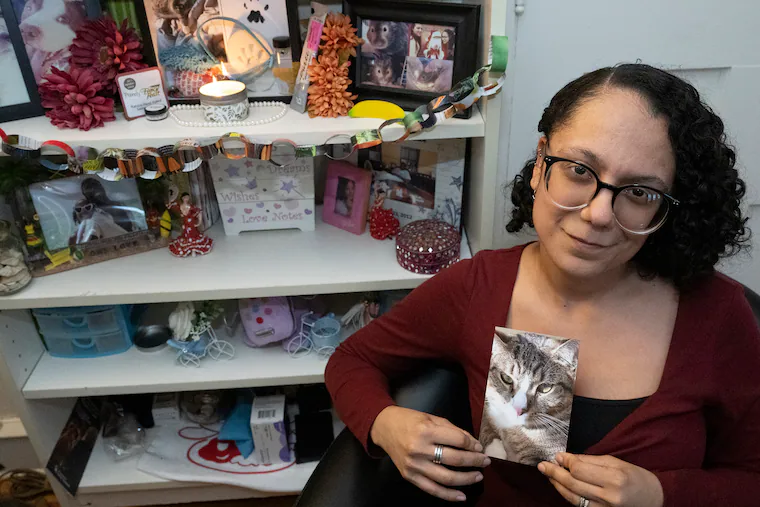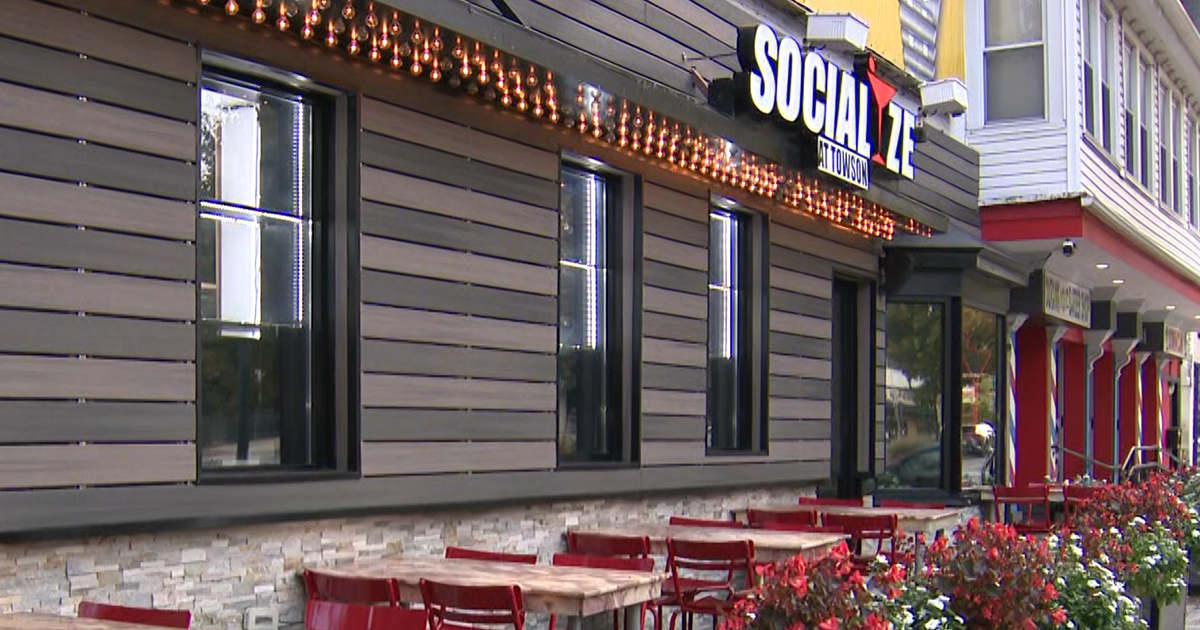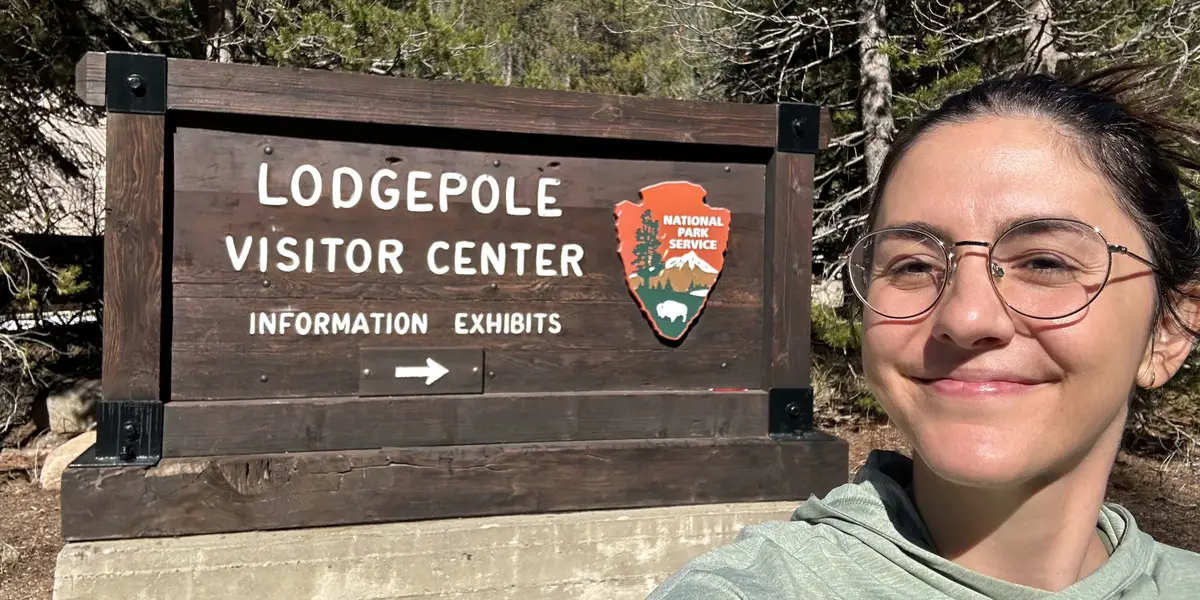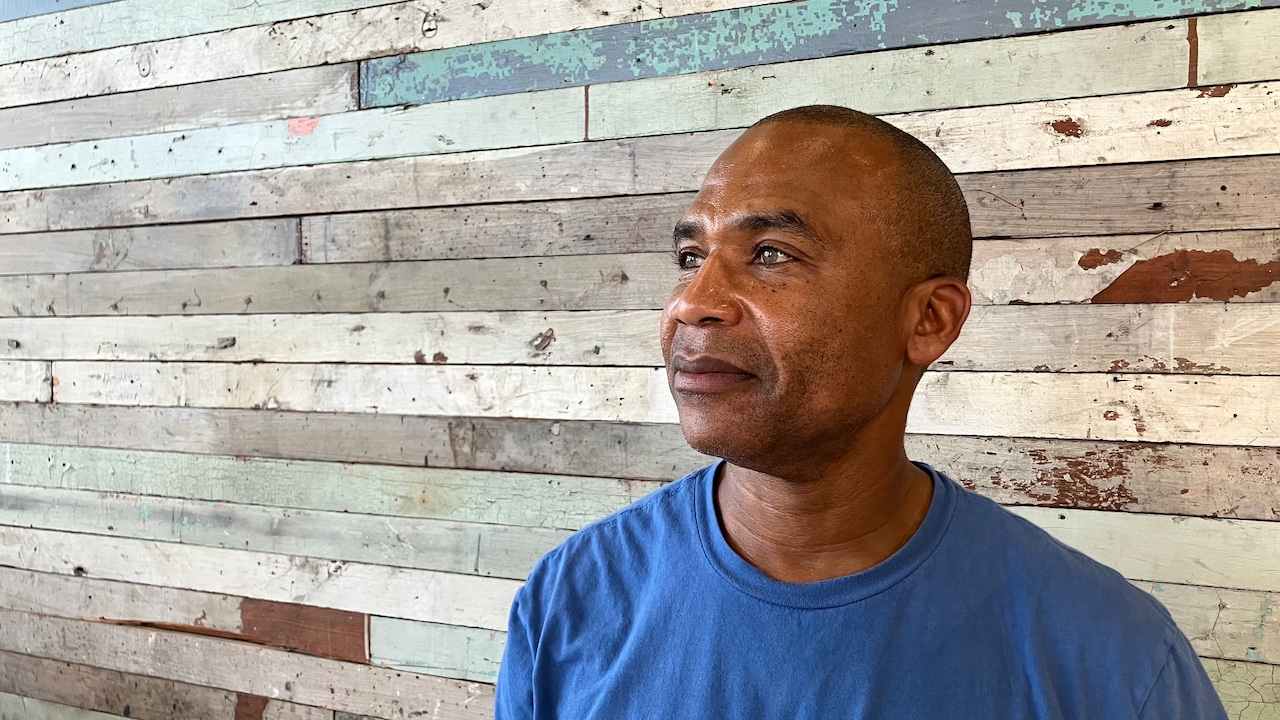Copyright The Philadelphia Inquirer

The spirits of the pets come first, treading home on soft, shadowy paws, making their way by the light of altar candles and guided by the eternal tie of love. They’re welcomed with offerings of favorite treats and fresh water, and by the careful placement of old toys and worn collars that have become cherished mementos. It’s a new tradition connected to the Day of the Dead, the ancient Mexican holiday where people honor and celebrate the lives of family members at a time when the wall between worlds melts. Now, in Philadelphia and elsewhere, people have begun to recognize not just human relatives but those with wings and whiskers, the departed dogs, cats, birds, and other animals that enriched their lives. And who, like family, continue to be mourned and missed. The souls of pets are said to return on Oct. 27, a few days before the Dia de Muertos on Nov. 1 and 2. “The day,” said Gerardo Coronado Benitez, manager of the Association of Mexican Business Owners of Philadelphia, “is not about death, but about celebrating and remembering people, keeping memories alive. Of course many people want to keep alive the memories of their pets.” He’s helping organize a big Day of the Dead event at the Italian Market on Nov. 2, where people will be able to place photos of relatives and pets on a community ofrenda ― a decorated altar ― at 9th Street and Washington Avenue. Others have set up altars in their homes. These ofrendas may be adorned with traditional marigolds, with candy skulls, paper skeletons, and photographs. But they may also feature a snatch of fur or a whisker left behind. Genesis Pimentel-Howard created an ofrenda for her cat, Mobi, on a bedroom shelf of the West Philadelphia home she shares with her husband, Yaphet Howard. It’s hard for her to talk about Mobi, who died suddenly in May at only 4 years old. He was, she said, an adorable menace. Mobi loved to poke at and play with the couple’s other cat, Sannin, though Sannin didn’t always appreciate the attention. Mobi sometimes stole food from the trash. And he managed to push over and break Pimentel-Howard’s flat-screen TV. Still, she said, he followed her everywhere, even into the bathroom. She couldn’t use the bathroom without him trailing her inside. “A sweet momma’s boy,” she said. “Always next to me.” On the ofrenda, Pimentel-Howard placed her grandmother’s pearls. And photos of her family dogs, Ella and Red, and her hamster, Shia LaBeouf. She added a shadow box that holds Mobi’s collar and an impression of his paw. “I’ll stay up as late as a can to welcome him,” she said. “I like to think he’ll be around.” The roots of the Day of the Dead go back 3,000 years, to Aztec and Mayan traditions. It’s celebrated not only in Mexico but also in wider Latin America and in communities across the United States. Dogs have always played an important role. The ancients considered them sacred, guides that led souls through the afterlife. They revered the Mexican Hairless Dog, the Xoloitzcuintle, or Xolo for short. It’s a Xolo dog, Dante, that guides Miguel to meet his ancestors in Coco, the popular animated Disney movie. And it’s a song from the movie, Remember Me, that’s become the soundtrack for countless social-media posts about departed pets. In Philadelphia, the Italian Market festival welcomes all who wish to take part to South 9th Street between Federal and Christian Streets from 11 a.m. to 5 p.m. The Fleisher Art Memorial in South Philadelphia also will hold a big Day of the Dead celebration. Everyone is invited to help with final preparations for the ofrenda from 2 p.m. to 9 p.m. on Oct. 31, and to come to the Day of the Dead event the next day. “The animals, that’s family too,” said María De Los Angeles Hernández Del Prado, the artist who led the creation of the Fleisher’s large, three-part ofrenda, which includes a section devoted to pets. “They’re the same as us, they just don’t talk the same language.” Pimentel-Howard knew after Mobi died that she would find a way to honor him, along with the other animals she has loved. “You don’t know what it’s like to lose an animal,” she said, “until you’ve lost one.”



